Juniper scaly "Blue Star": description, planting and care

Coniferous compositions are the embodiment of beauty and sophistication. In addition, conifers fill the air with a pleasant healing aroma, purifying it. Of the large number of garden plants, the Blue Star juniper deserves special attention, which is characterized by its decorative qualities and is grown both in private territories and in parks.
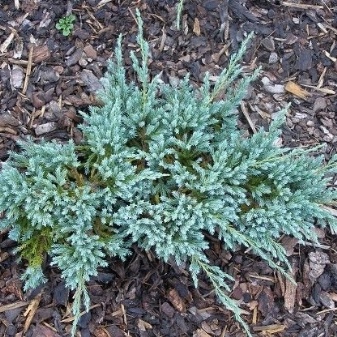
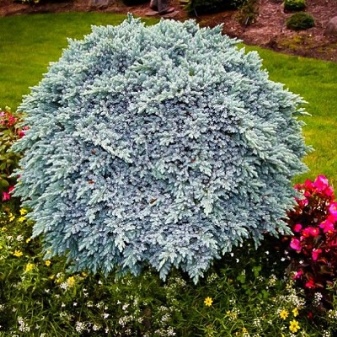
Description of the variety
The Blue Star scaly juniper is a dwarf plant with blue needles. The ephedra got its name because of the unusualness of its crown and its color. Outwardly, he has some similarities with a star. This undersized species is capable of growing several centimeters per year. The bush has a lot of shoots, they are densely covered with needles.
Until the age of 12 months, a young seedling has a spherical shape, over time it acquires a dome-shaped or hemispherical. In spring and summer, the thorns of the bush have a smoky gray, blue color, and in the cold season they turn into lilac. Grown plants are able to adequately decorate any area. In addition to excellent decorative characteristics, the scaly flora fills the air with a pleasant coniferous aroma. Essential oils "Blue Star" have phytoncidal and disinfecting properties.
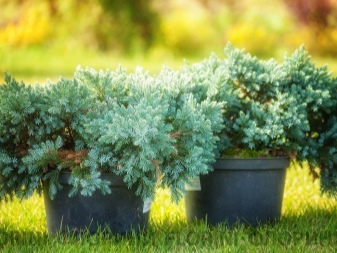
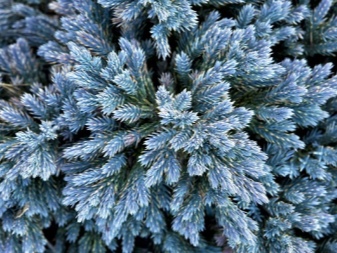
Juniper of this variety is compact in size. The height of the ephedra does not exceed 0.7 meters, while the diameter of the needles is one and a half meters. The splendor of the crown is justified by the close arrangement of the branches to each other and their density. The plant is classified as winter-hardy, but in the northern regions it needs to be covered for the winter.
Juniper "Blue Star" - it is a poisonous culturetherefore it is worth wearing protective gloves when trimming it or carrying out any other maintenance measures.
Do not allow children and animals to come into contact with this representative of the flora. Berries, ephedra cones also contain a large amount of poison.
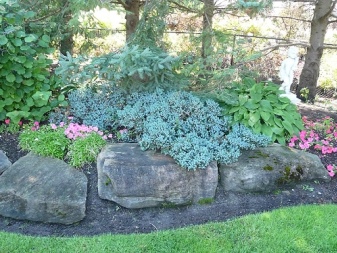

How to plant?
To plant junipers in open ground, you should first choose a suitable place and planting material. For the culture to take root well, she will need a place that is well lit by the sun's rays. When shaded by buildings or tall vegetation, the plant becomes faded and loses its needles. Good ventilation of the area is also important for the Blue Star. An undesirable moment is the presence of closely passing groundwater, which can destroy the bush.
Before the rooting process, the seedling should be in a container where its root system is well protected and moisturized. Before the very process of planting, the young plant should be carefully removed from the pot. Ephedra should be planted in the spring. For the normal growth of bushes during planting, it is worth observing the distance between representatives of 0.5 meters or more.
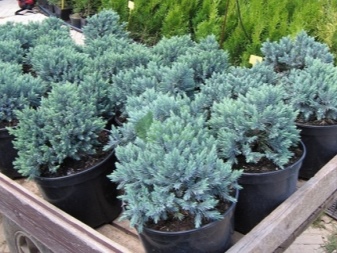
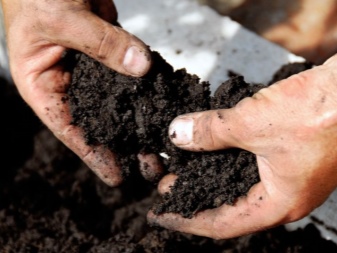
Consider the stages of planting a seedling.
- Digging a hole, the dimensions of which will be larger than the rhizome.
- Filling the bottom of the hole with a drainage layer, namely: pebbles or expanded clay 10-15 centimeters thick.
- Filling a second 10 cm layer from the soil. The soil should be fluffy, fertile, mixed with sand and peat.
- The extracted juniper is lowered into the pit, which requires spreading the roots. The root collar should be at or above the ground level.
- The "blue star" is sprinkled with a substrate that contains equal amounts of peat, sand and earth.
At the end of planting, the bush must be watered abundantly, and the trunk circle must be mulched. After 7 days, when rooting occurs, irrigation can be stopped, while adding a little of the substrate. The transplanting process is well tolerated by young small bushes in autumn and winter. It is better not to involve adult conifers in this process, as their root system may suffer.
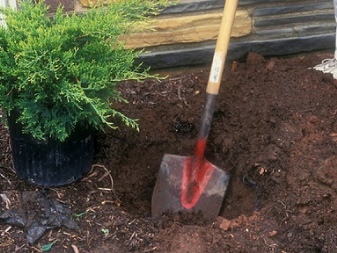
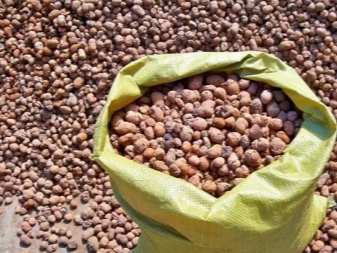
How to take care of it properly?
After the planting procedure, the plant needs care. In this case, the main activities are considered elimination of dry damaged shoots, moistening and loosening of the soil, combating ailments and pests, as well as mulching. Humidity has a positive effect on the growth of ephedra, for this reason, in dry times, it is required to water the bush, as well as sprinkle in the evening. In normal weather, three irrigations per season are enough for an adult representative.
One bush needs about a bucket of water. If the climatic zone provides for a large amount of precipitation, then additional irrigation is not required. And also gardeners should not forget that an excess amount of moisture can have a detrimental effect on the condition of the bush.
Fertilizers are applied to the soil in the first spring days when the buds swell... The soil needs to be plowed with a nitroammophos, 0.15 meters away from the trunk. After this procedure, the "Blue Star" is watered. October is also considered a good time to dig up the soil with potash. Juniper, which is more than 2 years old, does not require additional feeding.
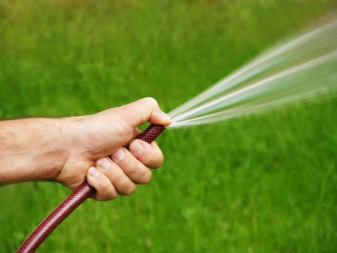
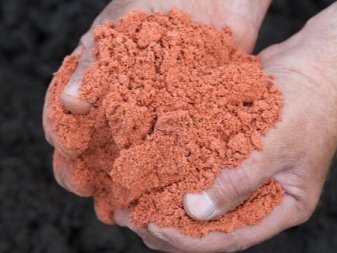
The active growth of this representative of the flora is observed with a sufficient volume of oxygen in the root system. To provide O2 access during the summer period, it is recommended to dig up the ephedra's near-trunk circle. And also do not forget about the removal of weeds, as parasites can live in the foliage. After this procedure, it is required to sprinkle the soil with complex fertilizers for conifers.
Mulching can be done with sawdust, wood chips, peat. This process is able to prevent the spread of weeds. When mulching with fertilizers, the plant does not need to be additionally fed.
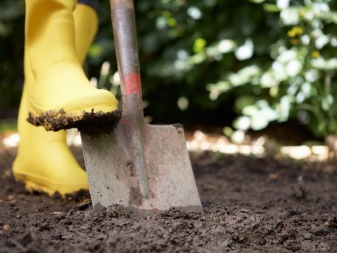
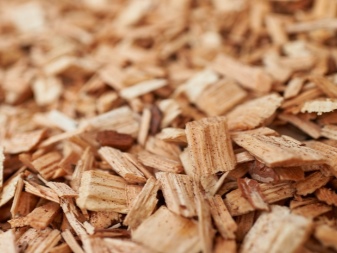
In autumn, it is necessary to carry out sanitary pruning "Blue Star". In this case, it is worth removing old, dry, damaged, deformed shoots. It is also worth examining the bush for the presence of parasites and diseases. If infected branches are found, they should be cut off immediately. This variety of juniper does not need pruning of the formative nature, since the roundness of the shape is acquired with age.
During late autumn, it is necessary to carry out loosening the soil near the bush. After that, the roots of the plant are insulated by sprinkling with peat with a layer of 10 centimeters. The shoots are tied with loose ropes so that the juniper can withstand the snow embankment in winter. To protect the ephedra from frost, spruce branches should be thrown over it. It is not recommended to remove the shelter before the onset of April.
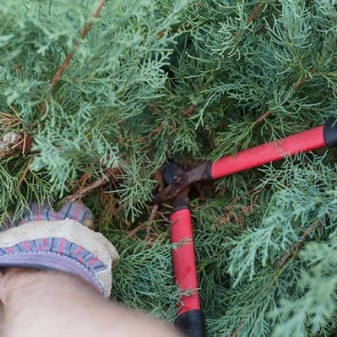
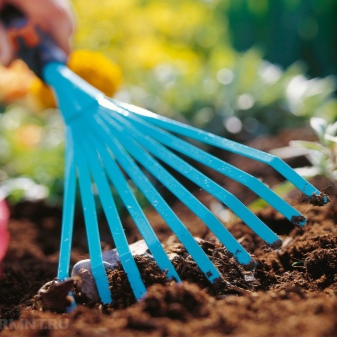
Reproduction methods
The easiest way to propagate a scaly juniper is cuttings. Cuttings 0.1 meters long are cut from the shoot, while the bush must be at least 10 years old. It is recommended to carry out this procedure in April. The stalk must be cut in such a way that part of the bark from the cut branch remains on it. The lower cutting lobe needs to be cleaned of needles and powdered with "Kornevina", "Heteroauxin". The twigs are planted in a container at an angle, while a mixture of peat and sand should be present in the pot.
The cuttings should be sent to a warm place where there is dim and diffused lighting. Cover the pots with foil caps. Ephedra should be watered and sprayed regularly. After 30-45 days, you can find that new needles are growing on a tilted branch.This may indicate the development of the root system. In the summertime, the seedling should be taken out into the garden. In the fall, it is removed to the cellar, or insulated with sawdust.
After 36 months, juniper cuttings can be planted in open ground.
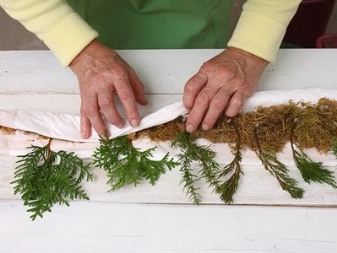
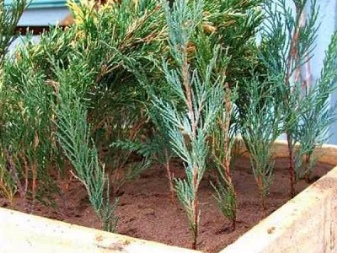
Diseases and pests
Juniper suffers from rust... Signs of the disease are the defeat of the branches with red spots, drying out and cracking of the bark. Shoots that are damaged must be cut off, and the plant must be treated with a special preparation. In spring, Blue Star needles may suffer from an attack fungal infections... At the same time, you can see that the bush has turned yellow and dries, needles are crumbling from it. To eliminate the disease, the bush must be treated with fungicides.
Ephedra can also attack scale insects, aphids, mites and moths. When larvae appear on the branches, the plant should be treated with insecticides until the problem is eliminated. If the treatment of juniper is carried out at the beginning of a lesion or disease, then the loss of decorative qualities can be avoided. The cause of the disease of the bush is not always improper care, often the infection is transmitted from neighboring plants.
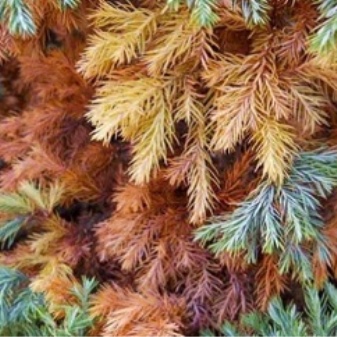

Use in landscape design
Thanks to the splendor of the Blue Star bushes, landscape designers create wonderful compositions on the plots. The needles of a gray-blue shade look quite original against the background of other evergreens. This type will look advantageous in rockeries, rock gardens, in personal plots.
The compactness of the size of the "Blue Star" makes it possible to grow it at home in pots, pots, with which you can decorate a gazebo, windowsill or outdoor balcony. In an open area, a hillock, this representative of the flora looks beautiful in the vicinity of creeping or rocky vegetation.
Some owners of country houses decorate stairs, stone and brick buildings with this ephedra.

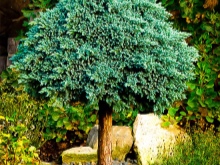
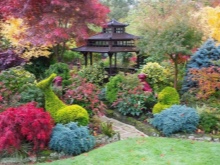
"Blue Star" is considered to be a beautiful decorative representative of coniferous crops. He can adapt to various climatic conditions of existence. With a minimum of attention and care, you can grow a worthy green decoration with a wonderful aroma on your territory. According to reviews, this lush ephedra has a gorgeous look at any time of the year, but, unfortunately, is slowly gaining in growth.
For information on how to properly care for Blue Star scaly juniper, see the next video.



































































The comment was sent successfully.